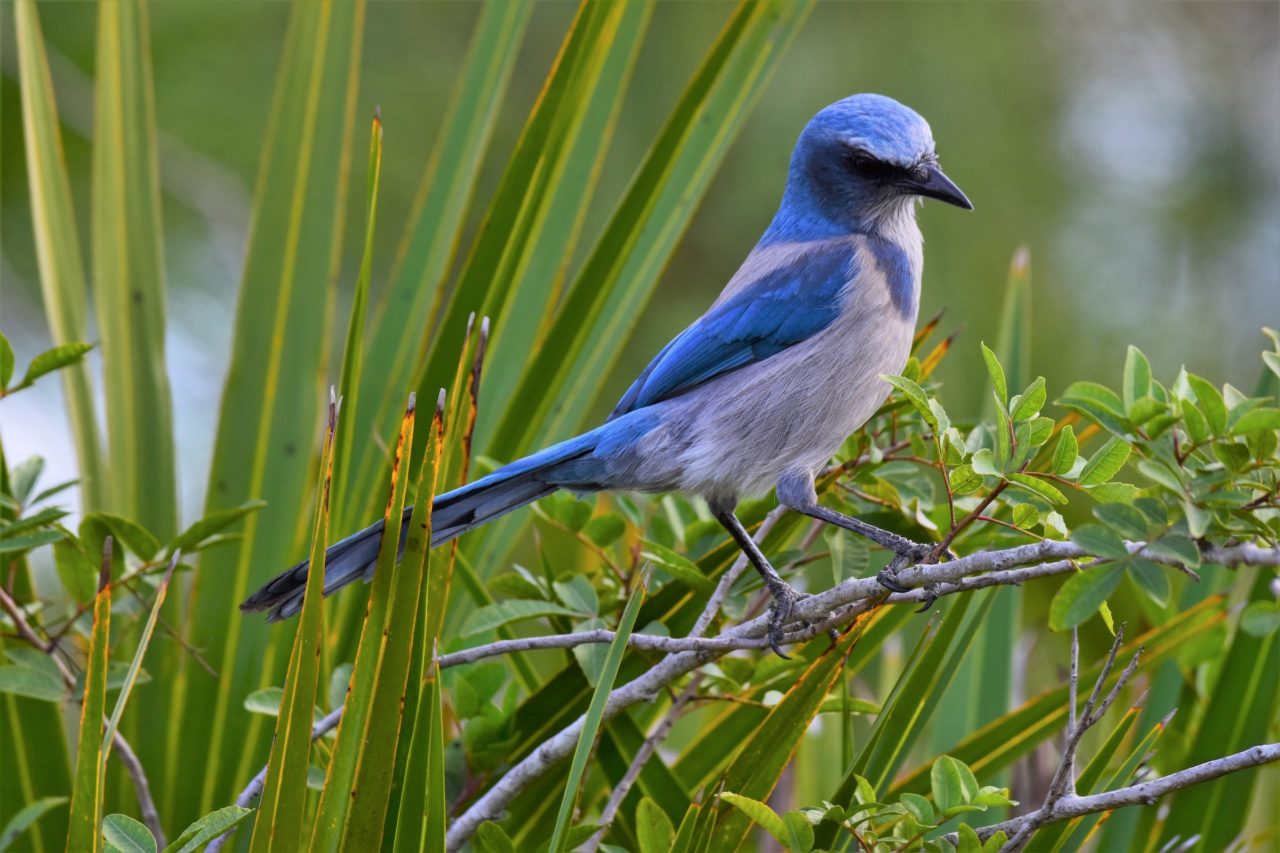The Conservation Foundation of the Gulf Coast
Why Bird Conservation?
In Florida, conserved land and habitat is not only a part of the economy, but also a way of life. In a Sarasota County visitor survey, birding tourists were found to stay longer and spend more money than golfers. Connecting with these interests of tourists and residents alike, Conservation Foundation of the Gulf Coast (Conservation Foundation) works to conserve habitat and wildlife species, states President Christine Johnson. She explains their rationale for focusing on habitat, “here in Florida, we’re seeing so much of our land paved over, plowed under, and probably in the next 25 to 50 years, gobbled up by the sea.” Birds are a particular focus of their conservation efforts because there are unique species in Florida, such as the Florida Scrub Jay, which is listed as a vulnerable species.
Spotlight Resource: Conservation Plans
By utilizing conservation plans, the Conservation Foundation is able to prioritize areas and conserve habitats for imperiled plants and animals. One such area is an acre of sand on Siesta Key where highly endangered Snowy Plovers make their nests annually. It’s estimated there are only 200 nesting pairs left in all of Florida. The Partnership for Gulf Coast Land Conservation, the Natural Resource Conservation Service, and the North American Wetland Conservation Act provide information and plans for prioritizing conservation areas. Through using these resources in its prioritization process, the Conservation Foundation focuses on protecting shorelines and connecting conserved lands for wildlife, and providing access to the water for recreational opportunities by humans.
Finding Funding
What’s the biggest challenge for the Conservation Foundation? “Funding!” Johnson says emphatically. Florida’s Water and Land Conservation Amendment is designed to provide funding and support for water quality, restoration, and land conservation. However, Florida legislators are diverting those funds to existing agency operating expenses. Even with about a third of the money from real estate in Florida dedicated to conservation, the Conservation Foundation relies heavily on private and corporate donations. About ninety percent of the organization’s work is funded through these donations, and with an operating budget just shy of $1 million, Johnson says they’re trying to grow their corporate donor base.

The Big Benefits of Bird Data
In order to practice the best conservation methods, the Conservation Foundation partners with state and national organizations. These organizations provide a lot of the animal and bird data the Conservation Foundation uses in their work. “We need good data to determine the habitat associations for a host of bird species,” Johnson says. Additionally, eBird data from the Lab of Ornithology is used often in marketing and discussing the value of lands for birds within the community.
Productive Partnerships
With a support group of over thirty-six different local organizations, there is cost sharing, a wider reach for educational and outreach programs, and more parties sharing the message. “We have to do more with what we’ve got,” Johnson says, adding that working with other non-profits aids the Conservation Foundation’s mission. Other partners, such as their local Audubon chapter and the Sierra Club, help with projects. The Conservation Foundation is able to become a community land trust because of the inclusion of bird conservation in their general mission.
What’s Next For Us?
Almost 1,000 acres adjacent to the Myakka State Park are in the Conservation Foundation’s sights. The land, upriver from the park, will allow water quality to be better controlled in the area. It’s also the nesting site for a large flock of white pelicans, and, Johnson says, “probably two-thirds of the bird species affected by the BP oil spill overwinter on the property.”


